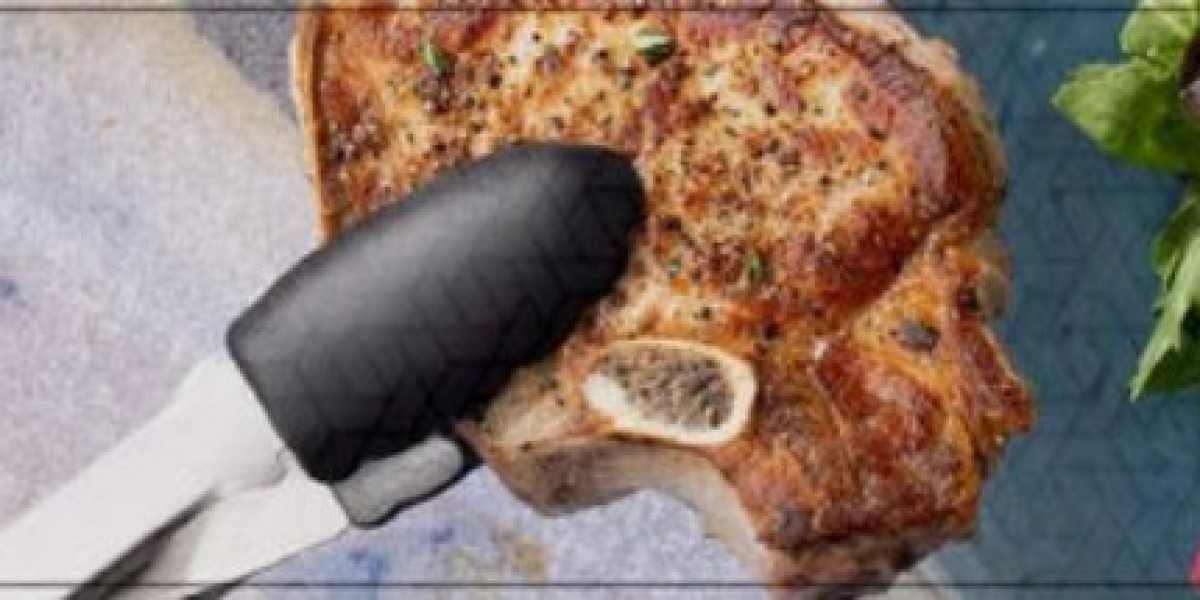From flipping sizzling meat to delicately arranging plated dishes, a sturdy pair of tongs offers more than just grip—it delivers control, safety, and precision. In this article, we explore the fascinating backstory of kitchen tongs, the various types available, their clever off-label uses, and what features to look for when choosing the perfect pair for your home.
A Tool with Ancient Roots: The History of Tongs
Though they may seem like a modern kitchen invention, tongs have deep historical roots. The earliest versions date back to ancient civilizations where blacksmiths and metalworkers used them to manipulate molten metals. Made from bronze or iron, these primitive tools were essential in handling extreme heat safely—a concept that seamlessly translated into the cooking world centuries later.
As culinary practices evolved, so too did the need for utensils that allowed cooks to manage hot food, stir with precision, or serve with finesse. Today’s kitchen tongs are the refined descendants of these early tools—designed not just for safety but for multi-functional performance in both home and professional kitchens.
Anatomy of the Perfect Pair: Understanding Tong Design
At a glance, tongs may appear straightforward, but don’t be fooled—the best pairs are designed with thoughtful precision. A quality set typically includes:
- Arms: Usually crafted from stainless steel for durability, sometimes enhanced with silicone or nylon tips for better grip and cookware protection.
- Hinge or Spring: This component provides resistance and tension, allowing the arms to open and close with ease.
- Tips: These come in various shapes—scalloped for gripping, flat for flipping, or toothed for holding slippery items like pasta.
- Handles: Often insulated or rubber-coated for a comfortable, heat-resistant grip.
- Locking Mechanism: An often-overlooked feature that allows tongs to stay closed for easy storage.
Some premium models even go the extra mile, offering interchangeable heads, built-in straining features, or hybrid forms that double as spatulas or servers.
Types of Kitchen Tongs and Their Specialized Uses
Not all tongs are created equal. There are distinct variations tailored to specific kitchen tasks, each with unique strengths:
1. Utility Tongs
These are your go-to, everyday workhorses—reliable, versatile, and always within arm’s reach.
Best for: Grilling, sautéing, flipping meats, and general food handling.
2. Silicone-Tipped Tongs
Perfect for protecting non-stick surfaces, these tongs offer a gentle but secure grip, even at high heat.
Best for: Cooking in delicate pans, stirring sticky sauces, and serving without scratching cookware.
3. Salad Tongs
Typically wider and more decorative, salad tongs are designed to toss greens gently without bruising or breaking leaves.
Best for: Table presentation, buffet spreads, and light mixing tasks.
4. BBQ Tongs
Longer and sturdier, these are built to withstand flames and keep your hands safely distanced from hot grills.
Best for: Outdoor cooking, flipping burgers or sausages, and maneuvering charcoal.
5. Ice Tongs
Compact yet precise, these are a staple in home bars and drink stations.
Best for: Handling ice hygienically and garnishing cocktails with flair.
6. Pasta Tongs
These feature tooth-like edges specifically engineered to latch onto long, slippery noodles.
Best for: Serving pasta, tossing salads, or grabbing cooked vegetables from boiling water.
Beyond the Pan: Creative Uses for Kitchen Tongs
Think tongs are only good for flipping food? Think again. Their versatility extends well beyond conventional cooking roles:
- Juice Press Substitute: Use them to press lemons and limes—just place the fruit between the arms and squeeze.
- High Shelf Helper: Grab hard-to-reach items in upper cabinets without using a stool.
- Toasting Tool: Hold bread, marshmallows, or hot dogs safely over a flame during camping trips.
- Lid Lifter: Remove hot pot lids or foil covers without risking a steam burn.
- Precision Plating: Use for neatly arranging garnishes, placing delicate ingredients, or constructing stacked dishes.
With a bit of creativity, your tongs can become your third hand in the kitchen.
Choosing the Right Pair: A Quick Buying Guide
If you're in the market for kitchen tongs, here are a few key aspects to consider:
1. Material
Opt for stainless steel for long-lasting durability and resistance to rust. Silicone tips are ideal for non-stick cookware and provide a softer grip.
2. Grip Comfort
Ergonomic, non-slip handles make a huge difference, especially during extended cooking sessions or when working over heat.
3. Hinge Type
Spring-loaded tongs open automatically and close with a gentle squeeze. Scissor-style models offer more manual control but may tire your hand faster during long use.
4. Locking Mechanism
Ensure your tongs have a secure lock to keep them closed when stored. Bonus points if they include a hanging loop for easy access.
5. Size and Length
Use shorter tongs (8–10 inches) for tasks at the stove and longer ones (12–16 inches) for grilling, oven work, or deep frying.
Caring for Your Tongs: Maintenance Tips
A well-maintained pair of tongs can last for years. Here’s how to keep them in top shape:
- Clean promptly: Most tongs are dishwasher-safe, but always confirm. Hand-washing is gentler and helps extend their life.
- Avoid abrasives: Steel wool or rough scrubbers can degrade silicone or damage polished finishes.
- Dry thoroughly: Prevent rust or corrosion by drying completely before putting them away.
- Inspect routinely: Check for wear, rust, or loose joints. Replace if any part seems compromised.
Final Thoughts: Small Tool, Big Impact
While they may not be the flashiest tool in your kitchen arsenal, tongs are without question one of the most practical. Their ability to adapt to almost any cooking situation—whether you're flipping bacon, tossing noodles, or plating with finesse—makes them indispensable.
Think of tongs not as a mere accessory but as an extension of your hand, giving you the control, safety, and efficiency that few other utensils can provide. For beginners learning their way around the stove or seasoned chefs refining their craft, a quality pair of tongs is a simple yet game-changing investment.
So the next time you find yourself elbow-deep in dinner prep, don’t overlook those humble tongs hiding in your drawer—they’re quietly doing more for your cooking than you realize.



